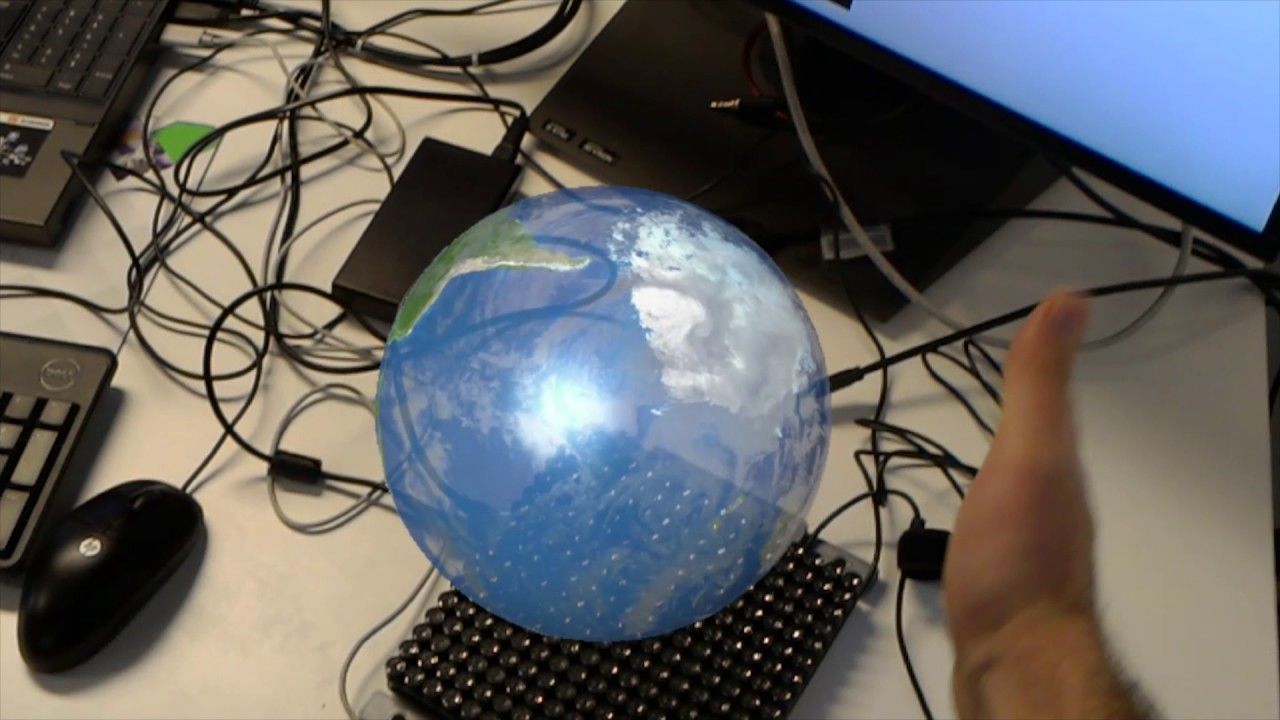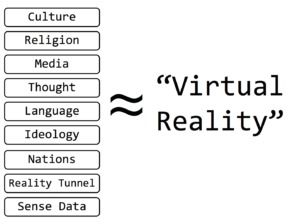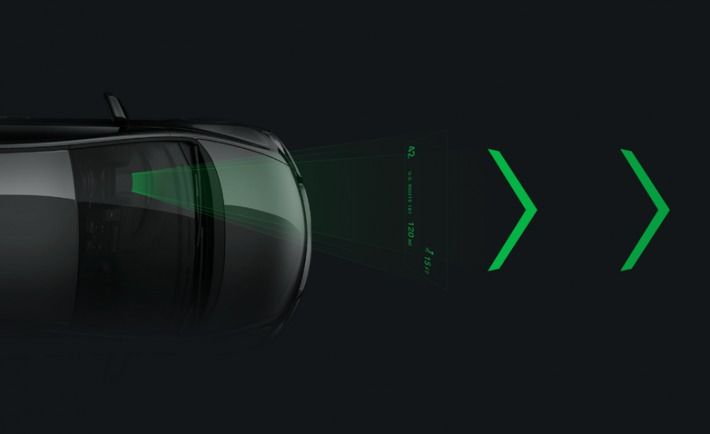Jan 20, 2017
US Military Adopts Microsoft’s Hologram Technology
Posted by Karen Hurst in categories: augmented reality, holograms, military
This post is also available in:  עברית (Hebrew)
עברית (Hebrew)
Microsoft’s HoloLens hologram headset systems are already being used in the Australian, Ukrainian and Israeli military forces, and now the US military is also finding a use for Microsoft’s most advanced technology.
In recent exercises, forces from the Marines held a weeklong exercise called Spartan Emerging Technology and Innovation Week at North Carolina. The event featured various training technologies – from quadcopters to augmented reality developed with support from the Office of Naval Research (ONR) to accelerate the development of decision-making skills.
Continue reading “US Military Adopts Microsoft’s Hologram Technology” »















